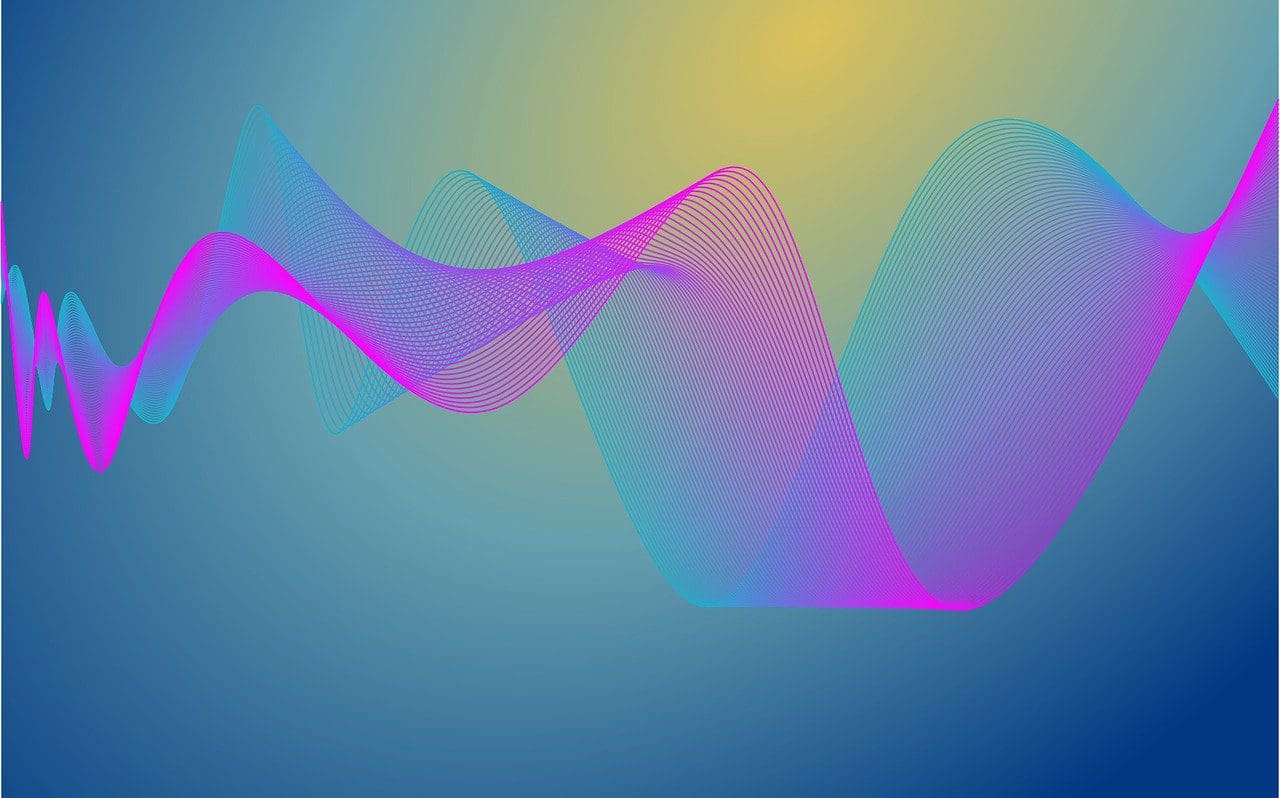Signals are measurable quantities in a physical system that are produced within the system. These can be represented in the form of digitally obtained graphs.
The classification of signals can be done under various lenses. It could be done in terms of continuity (Continuous vs discrete), periodicity (Periodic vs Aperiodic), probability (Deterministic versus random), stationarity (stationary versus non-stationary) etc.
Key Takeaways
- Stationary signals have statistical properties that do not change over time, while non-stationary signals’ properties do change.
- Stationary signals are more predictable and easier to analyze, while non-stationary signals require advanced analysis methods.
- Stationary signals are suitable for linear time-invariant systems, whereas non-stationary signals are more common in real-world applications.
Stationary vs Non-Stationary Signals
The difference between stationary and non-stationary signals is that the properties of a static process signal do not change with time. In contrast, a Non-stationary signal is a process inconsistent with time.

Speech can be considered to be a form of non-stationary signal. Other synthetic forms of signs are triangular, wave etc.
Comparison Table
| Parameter of Comparison | Stationary Signals | Non-Stationary |
|---|---|---|
| Time | The period for the static signal remains constant at all times. | The period for a non-stationary signal varies with time and is not constant. |
| Frequency | The frequency of a stationary signal remains constant across the process | The frequency of a Non-stationary wave constantly changes during the process. |
| Spectral Contents | Spectral content for Stationary signals is constant | Spectral ranges are dynamic and keep changing in case of non-stationary calls. |
| Fourier Equation | Fourier transform is good at representing stationary signals | Fourier transform is non-good at representing non-stationary signals. |
| Examples | Single-tone sinewave constant frequency, Multitone sine wave of constant frequency | Speech signals, Multitone sinewave of varied frequency |
What are Stationary Signals?
A stationary signal is a wave generated by keeping the period and spectral content value constant. A fixed signal can be generated via a software or function generator as a sine wave.
Stationarity explains the behaviour of a signal wave in terms of its frequency and time relation. Here, if the frequency of the sine wave is changed, a completely new wave is devised; hence it will not remain stationary anymore.
Both singleton and multitone constant frequency sine waves are hence examples of stationary signals. Both can be represented through two different equations.
Other examples of Stationary Signals are;
- White Noise– In the case of white noise, any signal value is equally probable concerning any other signal value at spaced-out reference points.
- Temperature– it can be considered a stationary single for a short time.

What are Non-Stationary Signals?
A non-stationary signal is when the fundamental assumptions defining a stationary call are no longer valid.
The sine wave representation of a non-stationary equation is hence constantly changing. The spectral contents for such signals are also not constant.
Firstly, speech signals may have multiple frequency components within a given interval of time.
Secondly, the interval itself may be extremely short lesser than 10-30msec as compared to 250msec.
Therefore, in a speech signal, there would be multiple sets of frequency contents, which are likely to change dynamically concerning time.

Main Differences Between Stationary and Non-Stationary Signals
- The Fourier transform gives good results for stationary signals, while It is not a good representation for non-stationary signals.
- Examples of stationary signals include white noise, single-tone sine-wave with constant frequency and multitone sinewave with a constant frequency. In contrast, Non-stationary signal examples include Speech signals and multitone sine waves with varied frequencies.
- https://www.sciencedirect.com/science/article/pii/S0888327004001517
- https://royalsocietypublishing.org/doi/abs/10.1098/rspa.2006.1761

I appreciate the informative discussion. It’s perfect for anyone aiming to understand signals better.
The post gives the foundation needed to explore more advanced topics.
Certainly a great resource for anyone studying signals.
This comprehensive post is a testament to the extensive approach to addressing a complex subject.
Indeed, it’s a well-executed and informative post.
The post is straightforward and educational. It’s a great starting point to study signals.
Indeed, it provides a great reference for those trying to understand the concept of signals.
It delivers comprehensive insights and I think it’s highly beneficial.
This scientific explanation with multi-lens approach is a masterpiece. It provides the perfect solid basis for any understanding of physical systems signals.
I completely agree. It’s an in-depth analysis that is indeed worth the time to grasp.
The explanation is too complex and not useful for practical application.
The detailed comparison table highlights the significance of stationary signals versus non-stationary signals with precision.
A perfect amalgamation of detail and clarity about signals.
This insightful post shows the distinction between stationary and non-stationary signals. The difference is now clear to me.
Indeed, it made intricate details understandable.
The explicit examples effectively illustrate the difference between stationary and non-stationary signals.
It’s a great post. The clear examples make it a valuable reference.
Indeed, the clarity presented in the examples is quite remarkable.
The comparison table is the most useful part. It helped me understand the concept with clarity. I believe that this approach suits a broader audience.
Yes, indeed, the clarity in conveying complex information is commendable.
It makes a rather difficult subject easier to understand.
The practical examples given are highly beneficial. It enhances the overall understanding.
Yes, the practical examples in the post are a great way to elucidate the concept.